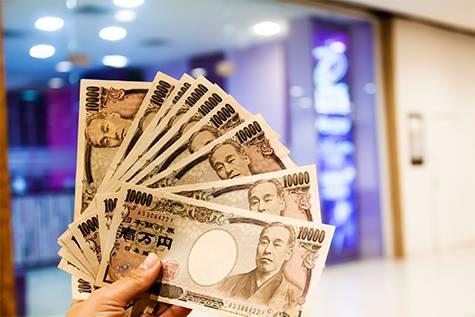Japan’s rubber futures have taken a significant hit as a stronger yen and waning demand weigh heavily on the market. The latest downturn reflects mounting pressures from currency fluctuations and subdued consumption, impacting the outlook for one of the country’s key commodities. This analysis delves into how these factors are combining to undermine Japan’s rubber trading landscape, with wider implications for exporters and investors alike.
Impact of Yen Appreciation on Japan’s Rubber Futures Market
The recent surge in the yen’s value has introduced significant volatility into Japan’s rubber futures market, exerting downward pressure on prices. As the yen strengthens against major currencies, Japanese exporters face reduced competitiveness on global platforms, particularly in Southeast Asia where rubber demand is pivotal. This currency shift discourages foreign buyers, who now find Japanese rubber imports more expensive. Concurrently, domestic manufacturers are scaling back on rubber procurements anticipating weaker demand in export markets, further intensifying the bearish sentiment. Analysts note that this dynamic interplay between currency appreciation and market demand has created a perfect storm for the futures prices to slouch.
Supply chain disruptions and inflated inventory levels compound these challenges, prompting traders to adopt a cautious stance. The following summarizes key market factors influencing rubber futures prices amid the yen’s appreciation:
- Export competitiveness: Reduced due to stronger yen raising cost for overseas buyers.
- Domestic demand slowdown: Manufacturers delaying purchases amid uncertain global recovery.
- Inventory glut: Excess supply leading to pressure on spot prices.
- Global commodity trend: Slowing demand across natural rubber exporting nations.
| Factor | Current Impact | Market Outlook |
|---|---|---|
| Yen Exchange Rate | +8% appreciation vs USD | Pressure on export prices |
| Rubber Futures Prices | -12% YTD | Potential stabilization if demand revives |
| Inventory Levels | High stockpiles | Risks of further price erosion |
Declining Domestic and Global Demand Pressure Prices Further
The persistent strength of the yen against major currencies has tightened export margins for Japanese rubber producers, resulting in a notable pullback in futures prices. Simultaneously, both domestic and international demand have softened, further compounding the downward pressure on pricing. Manufacturing slowdowns in key sectors such as automotive and electronics – traditionally large consumers of rubber – have led to decreased orders, signaling weaker short-term prospect for the market.
Several factors contributing to the ongoing decline include:
- Reduced industrial output amid global economic uncertainties
- Rising inventory levels causing cautious procurement strategies
- Shift of supply chains toward alternative materials amid sustainability drive
| Indicator | Recent Trend | Impact on Rubber Prices |
|---|---|---|
| Yen Exchange Rate | Appreciating +2.5% MoM | Downward Pressure |
| Domestic Demand | Declined 4% | Reduced Consumption |
| Global Import Volumes | Fell by 3.2% | Softened Outlook |
Strategic Approaches for Investors Amid Market Volatility
Investors navigating the recent turbulence in Japan’s rubber futures market must prioritize resilience and adaptability. The stronger yen has compressed export profit margins, while subdued global demand dampens commodity prices, creating a challenging environment for market participants. To mitigate risks, capital preservation should be central, with increased emphasis on diversified asset allocation. Allocating capital across sectors less sensitive to currency fluctuations-such as domestic technology or renewable energy-can help cushion portfolios against currency-driven volatility. Additionally, employing hedging strategies using currency futures or options may protect investments from abrupt gains in the yen’s valuation.
Key considerations for investors include:
- Liquidity management: Maintain higher cash reserves to capitalize on market dips or shifts.
- Sector rotation: Shift focus toward industries with robust domestic demand or export resilience.
- Regular portfolio reviews: Adjust exposure based on evolving macroeconomic indicators and yen dynamics.
| Risk Factor | Impact | Recommended Action |
|---|---|---|
| Stronger Yen | Lower export profits | Currency hedging |
| Weak Global Demand | Reduced commodity prices | Diversify assets |
| Market Volatility | Increased uncertainty | Increase cash reserves |
In Conclusion
As Japan’s rubber futures continue to face headwinds from a stronger yen and weakening demand, market participants remain cautious about the sector’s near-term outlook. Analysts suggest that unless there is a notable shift in global economic conditions or currency movements, the pressure on rubber prices may persist. Investors and industry watchers will be closely monitoring these dynamics as they seek signs of recovery in Japan’s rubber markets.




